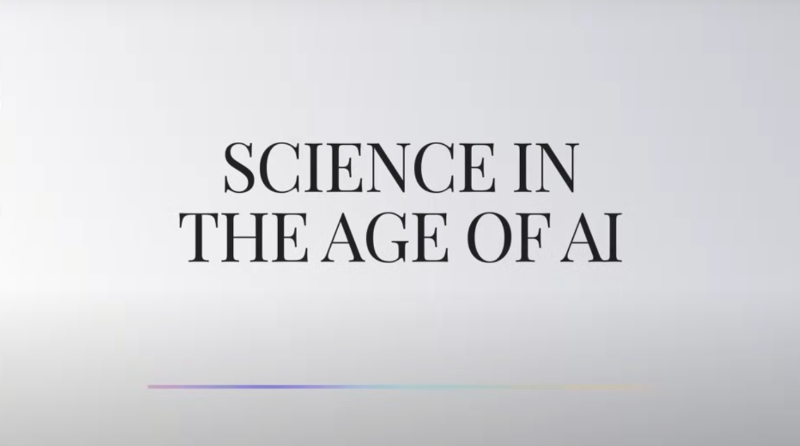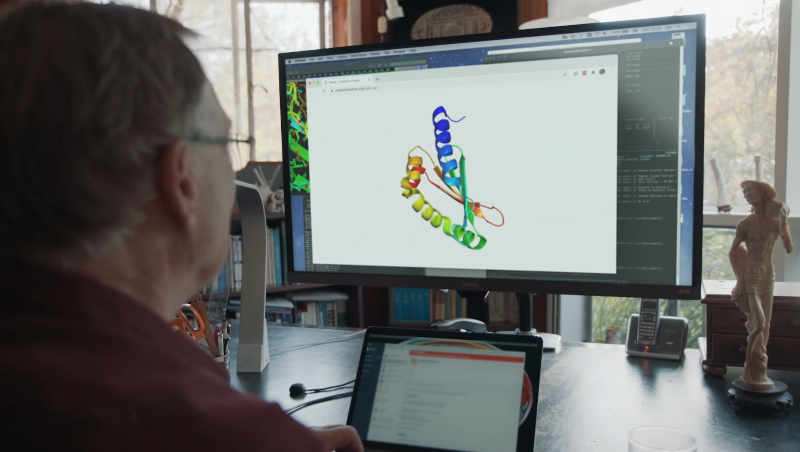by Brigham and Women’s Hospital
ERV expression correlates with abscess susceptibility. (A) Schematic of variation in abscess susceptibility in BALB/cJ, B6J, and B6N female mice. (B) Schematic of RNA-Sequencing experiment. (C) Z-score normalized expression of transcripts that are induced by infection in B6N mice and whose expression correlates with abscess susceptibility. The complete dataset, including non-ERV genes, is in Datasets S1 and S2. Coordinates are from GRCm38. (D) Maximum likelihood tree of abscess-associated and representative ERV loci in B6J. Loci identified in this study are in bold and those identical to previously known loci are in parentheses [e.g., Xmv13 (Chr13: 67.9 Mb)]. Four loci lack env and do not match previously known ERVs (3). For clarity, one xenotropic and several polytropic MLVs are represented as single, collapsed branches (triangles). (E) Sequence alignment of the 11 abscess-associated MLV loci compared to their consensus. Credit: Proceedings of the National Academy of Sciences (2024). DOI: 10.1073/pnas.2319162121
Bacterial infections can lead to the formation of abscesses—pockets of dead cells and debris surrounded by inflammatory immune cells. Bacteria multiply within abscesses, causing more inflammation and further damage to surrounding tissues. In severe cases, these immune reactions spread across the body, resulting in life-threatening organ failure, or sepsis. But how these abscesses form and what can be done to prevent them was previously not well understood.
Using preclinical models, investigators from Brigham and Women's Hospital identified a key mechanism that may be driving liver abscess formation: a process known as reverse transcription, in which DNA is synthesized from RNA.
The paper is published in the journal Proceedings of the National Academy of Sciences.
Using RNA-sequencing, the researchers examined liver gene transcripts from mice infected with Escherichia coli. They found that abscess formation was associated with increased expression from endogenous retroviruses (ERVs), remnants of viruses that integrated into the mouse genome following past infections.
The authors hypothesized that DNA produced by ERVs can stimulate inflammatory immune responses, which damage surrounding cells and thus drive abscess development. If so, preventing the activity of the ERVs might prevent abscesses from forming.
To test this, the team treated mice with a cocktail of reverse transcriptase inhibitors—antiretroviral drugs also used to manage HIV infections—to block ERV DNA expression. They found that a single dose of the inhibitor cocktail was enough to prevent abscess formation, if delivered quickly after bacterial infection.
"Our findings suggest that drugs used to treat HIV can be used to prevent inflammatory complications of bacterial sepsis," said corresponding author Matthew Waldor, MD, Ph.D., of the Division of Infectious Diseases.
"In mice, abscess susceptibility varies by sex and between tissues, so further work is needed to understand how antiretroviral drugs can prevent complications like bacterial sepsis in different individuals. But our study shows promise and points to a new way of thinking about treatment and prevention of deleterious consequences following bloodstream infection," said first author Karthik Hullahalli, a Harvard graduate student in the Waldor lab at the Brigham.
More information: Karthik Hullahalli et al, Reverse transcriptase inhibitors prevent liver abscess formation during Escherichia coli bloodstream infection, Proceedings of the National Academy of Sciences (2024). DOI: 10.1073/pnas.2319162121
Journal information: Proceedings of the National Academy of Sciences
Provided by Brigham and Women’s Hospital







Post comments